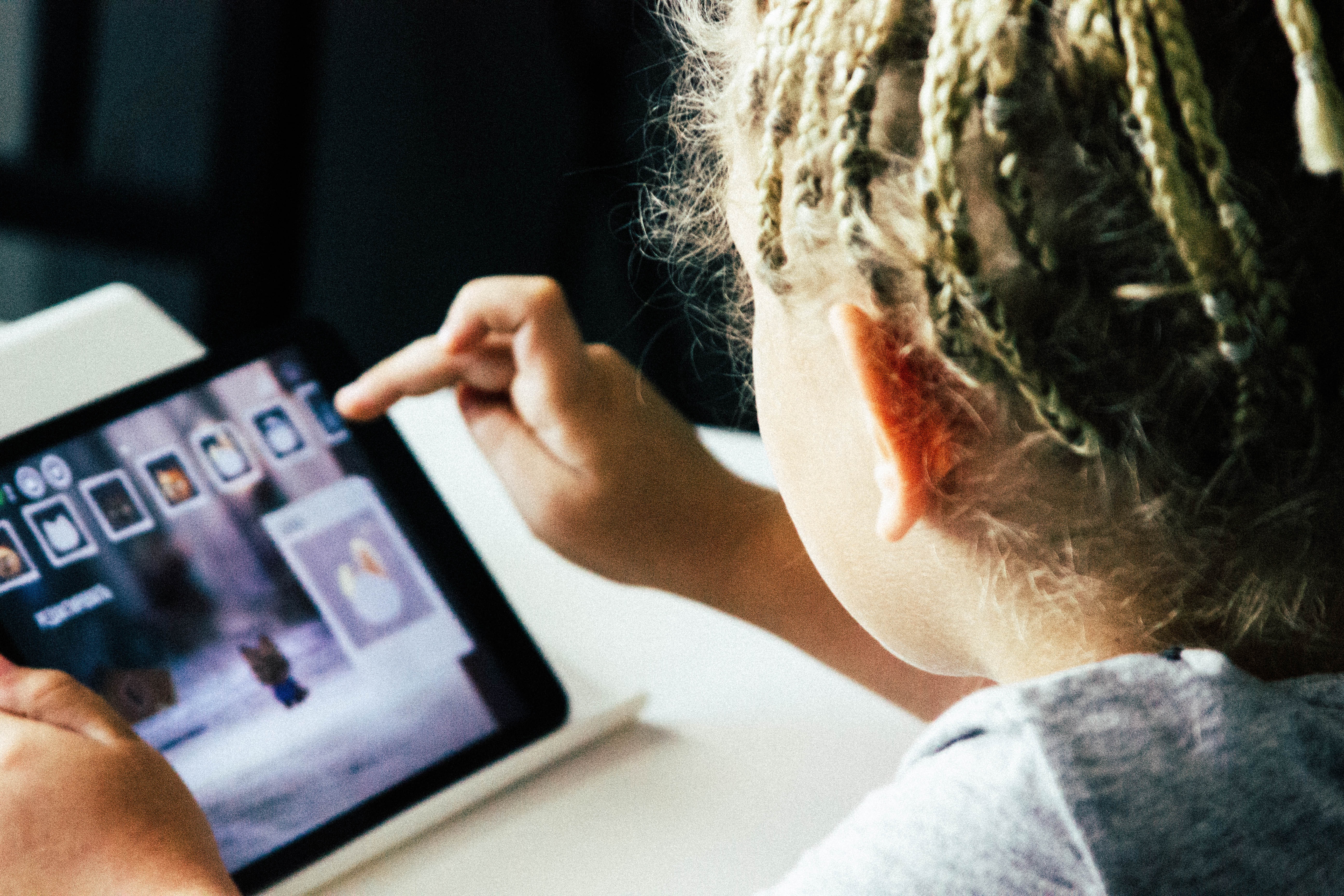While many parents have held off for as long as possible from introducing their children to the online world and all that it offers, others seem to be a little more relaxed about the matter, handing over the iPad or laptop with a set of rules and guidelines and feeling confident that all will be ok.
Either way, with BYOD and Laptop/iPad programs becoming commonplace in many education settings, this decision is no longer in the hands of parents. As you find yourself handing over the device with a sense of dread and trepidation you may find yourself pondering concerns like; what will they be doing online? Who will they be talking to? How on earth will I manage their screen time, how much time will be spent on it at school? Will this distract them from their school work?
Only time will tell the answers to these questions.
You can talk to any number pf parents who have been through this and each story will be a little different. Some will say it was an easy and seamless transition, others will say it turned their house hold upside down.
There are a number of things that can be put in place when you are starting out on this journey with your children in the primary years to give them the best chance at the safest online environment possible.
- Talk, talk, talk
Before handing over any connected device, a conversation about guidelines for safety is paramount. Putting these guidelines in place will give everyone in the house a common understanding about what is to be expected around the use of the device. But this is only the beginning.
We cannot stress enough the importance of keeping communication open all the time. Talk to your children about their online activity, ask them about the apps they use and the games they play, play games together, find out what they enjoy and what concerns they might have if any. Share your concerns with them.
Keeping this conversation going shows that you have an interest in what is important to them and they will be more likely to come to you if they have a concern or worries.
- Be clear on the school’s expectations
Be sure to read in detail the school’s Acceptable Use Policy and Online Agreement. Be aware of what their expectations are so that you can maintain a consistent message at home. This will be particularly important in regard to using their device at school and what the homework expectations will be at home. If your child tells you that homework expectation has suddenly increased by hours with the introduction of the device don’t be fooled. Check in with your child’s teacher so you can be clear.
- Check the settings on your devices
It is important to enable safe search options for online search and age ratings for apps, movies, etc before you put this device in your child’s hands. Give them a safe platform to start with. You may also like to look at the possible options around screen time and downtime. These steps are not about being controlling but more about putting good habits in place.
- Monitor device usage and online activity regularly
Remember it’s ok to check on who your children are talking to and playing with. Despite what they say, this is not an invasion of their privacy, nothing in the online world is private and it is our job to keep them safe. Talk about searching safely, and check history occasionally to ensure they are on the right track.
This is not about mistrust but it is about acknowledging that they are young and new at this and they will make mistakes. Best to learn from these early in process in the safety and security of their own home.
- Keep devices out of bedrooms
This is an absolute must. It is strongly recommended that devices are used in an open family space where supervision is possible. Having devices in bedrooms can be problematic for a number of reasons but most importantly, everyone needs a break. Being online late at night does not allow the brain to prepare for sleep, and the distraction of a notification is enough to interrupt a restful state.
- Lead by example
Keep an eye on your own screen time and model positive online behaviours. Often we do not take a look at what we are doing until we notice there is an issue with our children. Get in first and set up good habits… you will benefit from this too!
If none of these steps give you quite enough peace of mind there are settings that can be placed on your modem through your service provider or software that can be purchased to assist with the management of your home online environment.
Cybersafe Families are available to give advice and direction and offer a range of packages to suit your family. For more information, contact a Cybersafe Families Consultant today.

